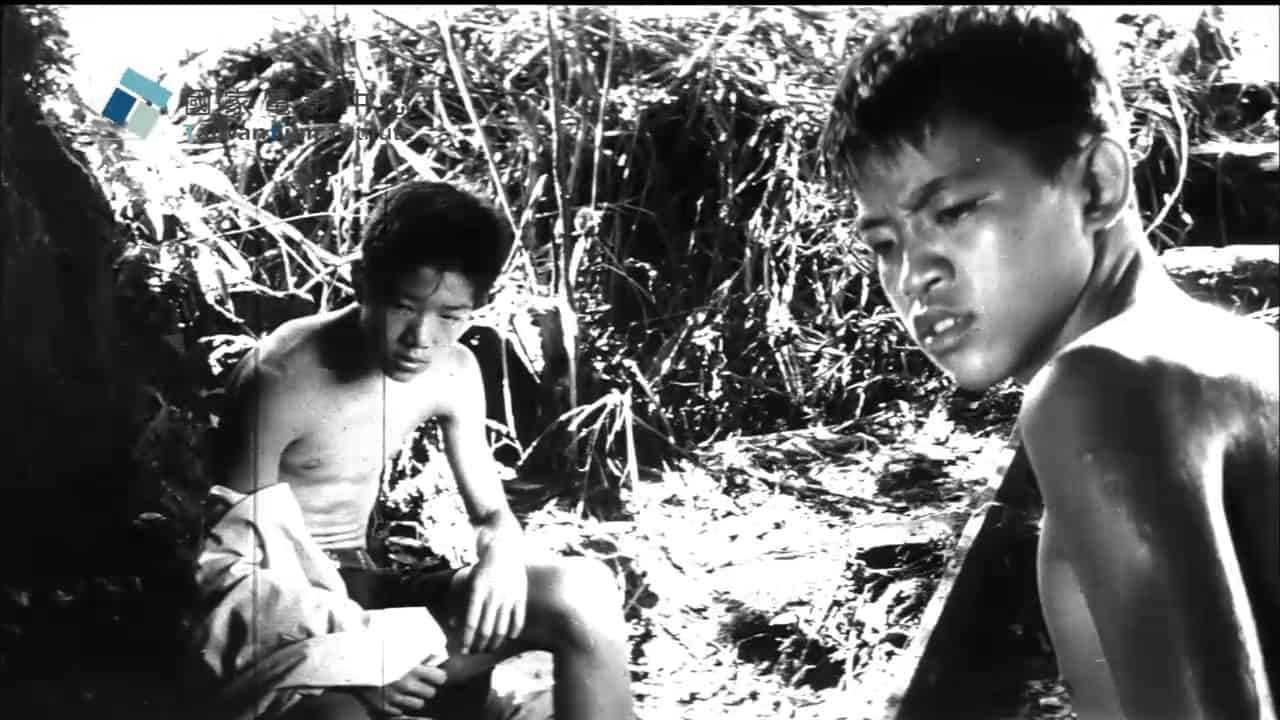Vikramaditya Motwane leaves behind the coming-of-age theme of “Udaan” and the Bollywood romance of “Lootera”, and presents a thriller set as a stage play in “Trapped”, which premiered in India receiving a standing ovation.
“Trapped“ screened at the Indian Film Festival of Los Angeles

Shauraya is devastated to learn that the woman he loves, Noorie, is to participate in an arranged marriage. In his despair, he asks her to elope, but she points out that they do not even have a place to live, since Shaurya is currently living in a hostel. He promises her that he will find a solution, and he starts visiting real estate agents, only to find out that he cannot afford even the cheapest one. However, a total stranger comes to him and suggests that he can find him a place to live, in an abandoned apartment complex. Shaurya, having no alternate, takes upon his offer, although reluctantly, since the apartment has some issues with the water and the electricity. The lone security guard stationed at the building is unaware that he has already moved in, since his moving is not exactly legal, and Noorie does not know of his new address.
The next morning, he accidentally locks himself inside the house, and he realizes, terrified, that he cannot open the door, no matter what he tries, his phone is out of battery due to the lack of electricity, and he is now stranded in a house without water or food, not to mention that Noorie is actually waiting for him. As the days pass, and his efforts to communicate with the outside world prove futile, he starts losing his grip with reality.
To start off, let me state the obvious: the basic premise of the film, that a man gets stranded inside an apartment is a bit naive. Having gotten over that, the movie functions quite well in its combination of thriller, symbolism, and stage play setting. Regarding the first aspect, Motwane manages to retain the agony for the most part, (although there are some scenes that lag a bit), a sentiment that finds its apogee in the scene when Shauraya realizes he is trapped, and in one of the final sequences, where the agony is truly soaring.
The symbolism regards the things we take for granted: food, water, electricity, and particularly freedom. Motwane makes a point of highlighting the fact that we do not appreciate these things, and at the same time stresses what is more important in life. The fact that one of the first actions Motwane takes is to destroy the plasma TV and throw it out of the window is a distinct sample of his thoughts on the subject. What good is an expensive TV when you lack all of the above?
Since the majority of the movie takes place inside the apartment, with only one character, sets it as a stage play of sorts, although one could definitely argue that the apartment, and the way it changes as the days pass, also functions as a character. This setting gives a sense of claustrophobia, which definitely adds to the thriller aspect of the film. However, the movie's greatest asset also lies in this aspect, and is none other than Rajkummar Rao, who gives a spectacular performance as Shaurya, as he presents his character's despair with elaborateness, in a very difficult role, which actually has him constantly being on screen, trying to communicate his strong feelings almost without words. The scenes where his frustration takes over are the highlights of the film.
Despite the secluded setting, Siddharth Diwan's cinematography is quite good, particularly in the scenes where Mumbai is depicted as it is seen from above. Nitin Baid's editing is also competent, and finds its apogee in the scenes where Shaurya starts losing his grip with reality, which, although a bit unnecessary, are technically impressive.
“Trapped” has its faults, but Rajkummar Rao's splendid performance and the film's social comment deem the movie a more than worthy spectacle.

















